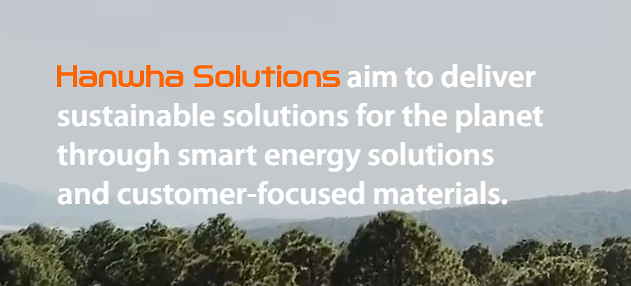이미지 확대

[Courtesy of POSCO]
SEOUL -- POSCO has selected Fortescue Metals Group, an iron ore company in Australia, as a foreign partner for green hydrogen projects. The tie-up came after the steel group presented a business goal to nurture green hydrogen as one of its new growth engines and expand its annual hydrogen production capacity to five million tons by 2050.
At talks in Seoul on December 14, POSCO chairman Choi Jeong-woo and Fortescue Metals Group (FMG) chairman Andrew Forrest discussed cooperation in hydrogen businesses. POSCO said that it would participate in FMG's project to produce green hydrogen using renewable energy in Australia and cooperate in finding additional projects.
"FMG is a long-term contract supplier that provides POSCO with stable iron ore, and if the two companies work together to produce competitive green hydrogen and introduce it into our country early, it will advance the era of green hydrogen in South Korea," Choi said in a statement.
POSCO's premium steel products will be supplied to solar and wind power generation facilities to be built by FMG for the production of green hydrogen. POSCO will import iron ore from FMG to make steel materials and supply them back to FMG's solar power facilities. FMG is the fourth largest iron ore producer in the world.
POSCO proposed a business model that produces green hydrogen from abroad and imports it into South Korea, citing Australia and Oman as promising areas. Green hydrogen is produced from water using renewable power while blue hydrogen is derived from natural gas with carbon capture technology.
For its new business strategy, POSCO has promised to complete a five-million-ton green hydrogen production system by 2050. Currently, the steel group produces 7,000 tons of hydrogen annually and extracts about 3,500 tons of by-product hydrogen.
POSCO plans to raise the production capacity of by-product hydrogen to 70,000 tons by 2025 and produce up to 500,000 tons of blue hydrogen in cooperation with global companies by 2030. The steel group will also develop technology to extract hydrogen from ammonia, which is a combination of hydrogen and nitrogen and is considered the best material for the efficient and economical transportation of hydrogen.
South Korean companies have joined a government campaign to accelerate the introduction of a hydrogen ecosystem. In April, Hyosung Group partnered with Linde, a Dublin-based engineering group, to build a plant capable of producing 13,000 tons of liquefied hydrogen per year. The advantage of liquefied hydrogen is its high density compared to compressed gas, which means that more energy can be contained in a given volume for easy transportation.
On December 1, SK Group, the country's third-largest conglomerate, proposed the construction of a plant capable of producing 30,000 tons of liquefied hydrogen per year from 2023. SK E&S, which imports more than three million tons of liquefied natural gas per year, would also produce 250,000 tons of blue hydrogen from 2025.
Copyright ⓒ Aju Press All rights reserved.




View more comments